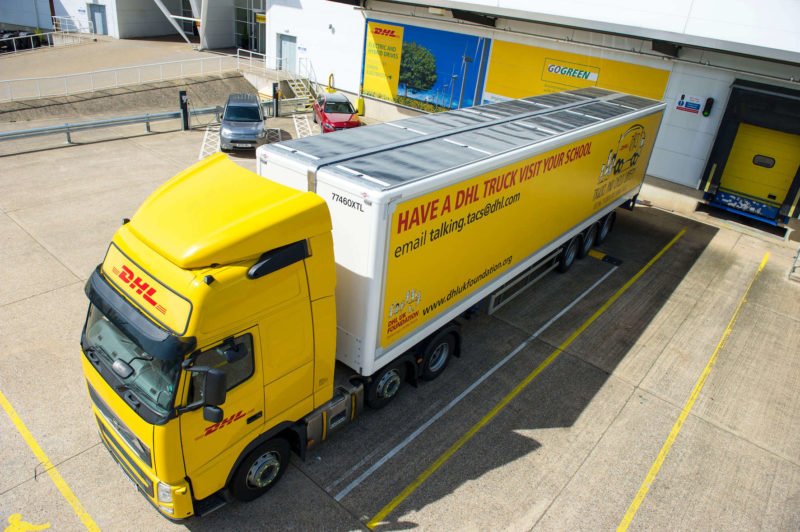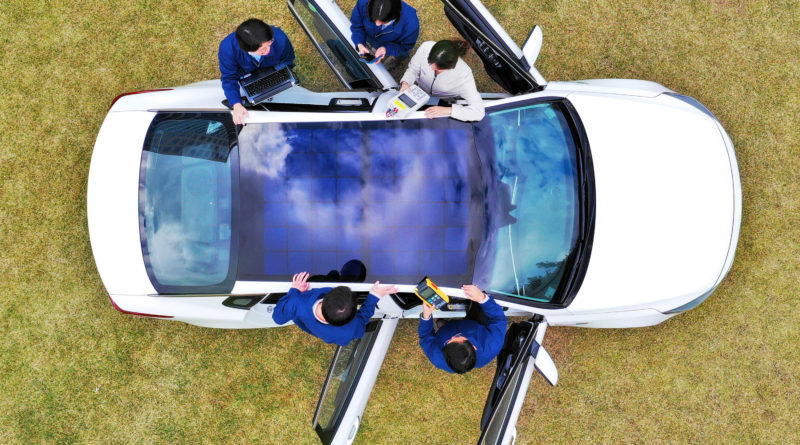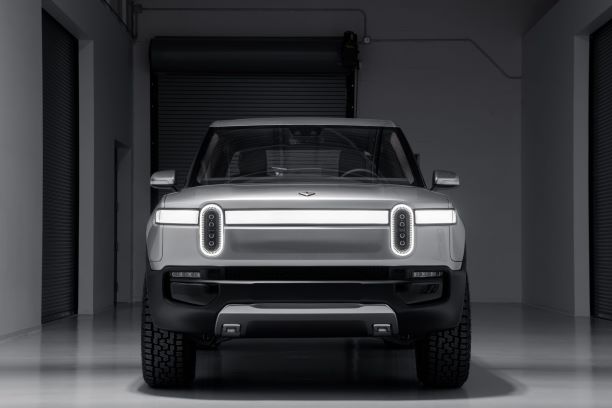Trucks Powered by Solar Innovation: DHL Trailar
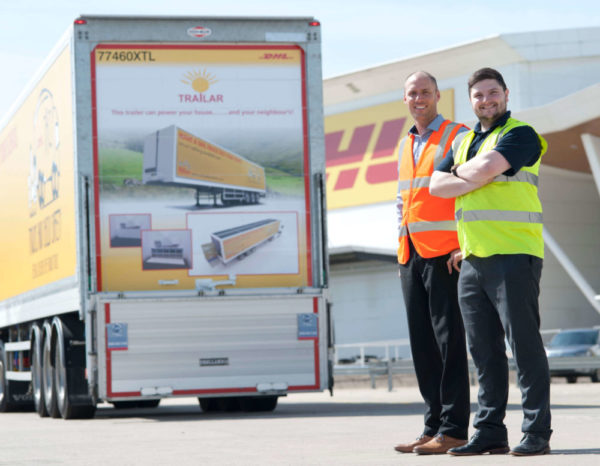 Aaron Thomas and Denny Hulme [DHL]
Aaron Thomas and Denny Hulme [DHL]
Deutsche Post DHL, a global leader in express and logistics delivery, launched a new fuel conservation technology for road transport based on light-weight and durable photovoltaic modules earlier this year. The “Trailar” solution for rigid vehicles uses advanced solar technology by applying a thin film of flexible solar matting to the roofs of rigid vehicles, which are connected to the vehicle battery or additional onboard batteries.
The technology was co-developed by two DHL employees with help from Don-Bur, one the leading manufacturer of commercial vehicle trailers in the UK, as a part of the DHL groups management development program “Business Transformation Academy” in 2015. At which, alongside dozens of other colleagues, Aaron Thomas, and Denny Hulme the co-founders of Trailar, were paired up and tasked with thinking of products that could potentially disrupt the transportation industry in the UK.
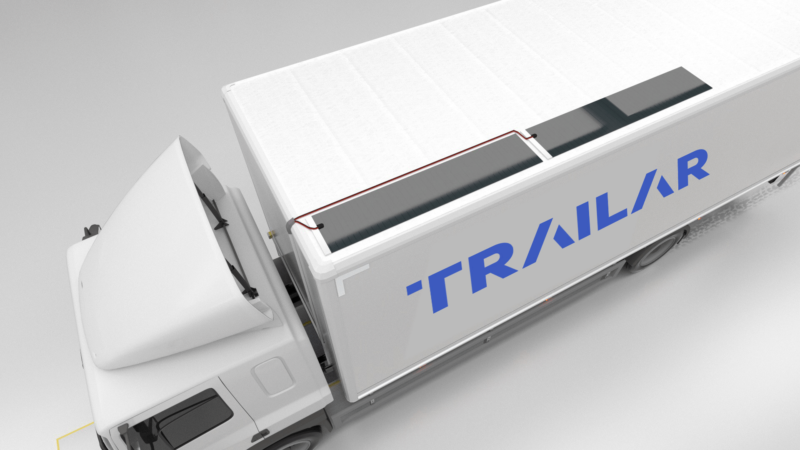
Vehicles that were tested with the solution were found to be using 5 percent less fuel than conventional delivery trucks with a 5.1 percent reduction in carbon emissions, whilst at the same time increasing engine efficiency and longevity. Expanded over the entire fleet of vehicles operated by DHL, and further to other 3rd party businesses make Trailar a greener, cost-efficient, urban-friendly delivery solution.
“Trailar is a sustainable, efficient and cost-effective solution which makes a significant contribution to reducing emissions from road transport,” affirm Aaron Thomas and Denny Hulme. “We have developed a solution which implements the latest solar technology onto new and existing vehicles so that our customers can operate more cleanly and efficiently. It helps the road transport industry adjust to a future with higher fuel prices and stricter emissions regulations.”
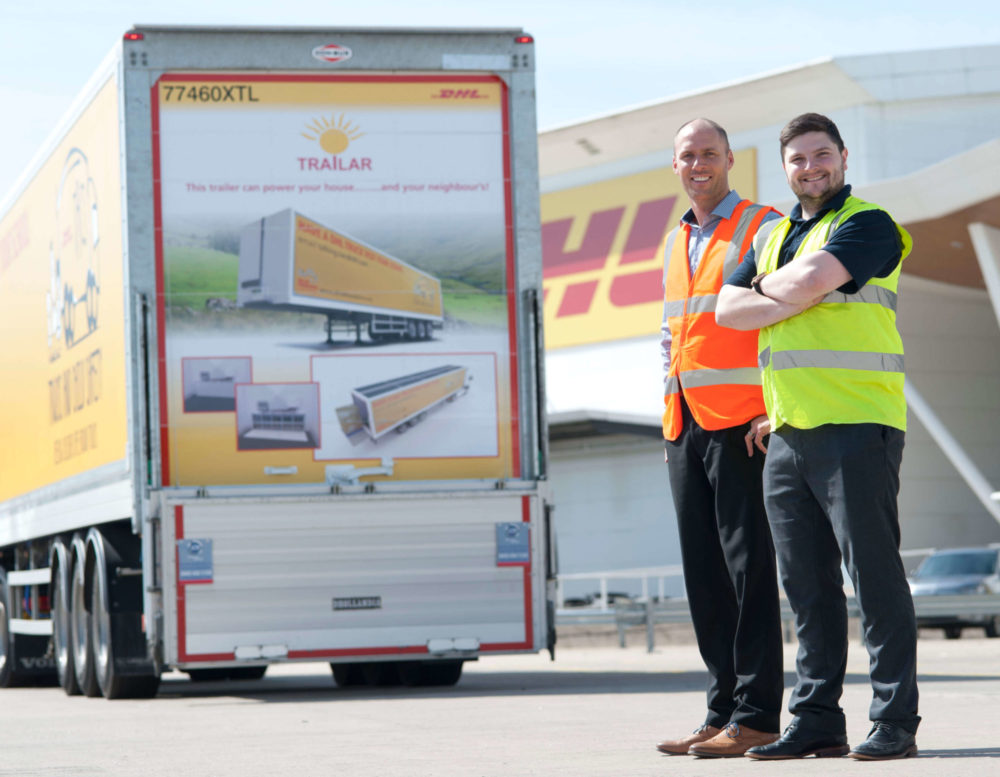
“Our Trailar solution is a key contributor to our GoGreen program and takes us a big step forward towards our goal of becoming the zero-emissions logistics leader by 2050,” explains Thomas Ogilvie, DHL Group board member for Human Resources and Corporate Incubations. “However, while we are improving our environmental footprint, we also want to increase our corporate success. Trailar is another great proof point for the fact that cost and emission reductions are not mutually exclusive, but can complement each other.”
